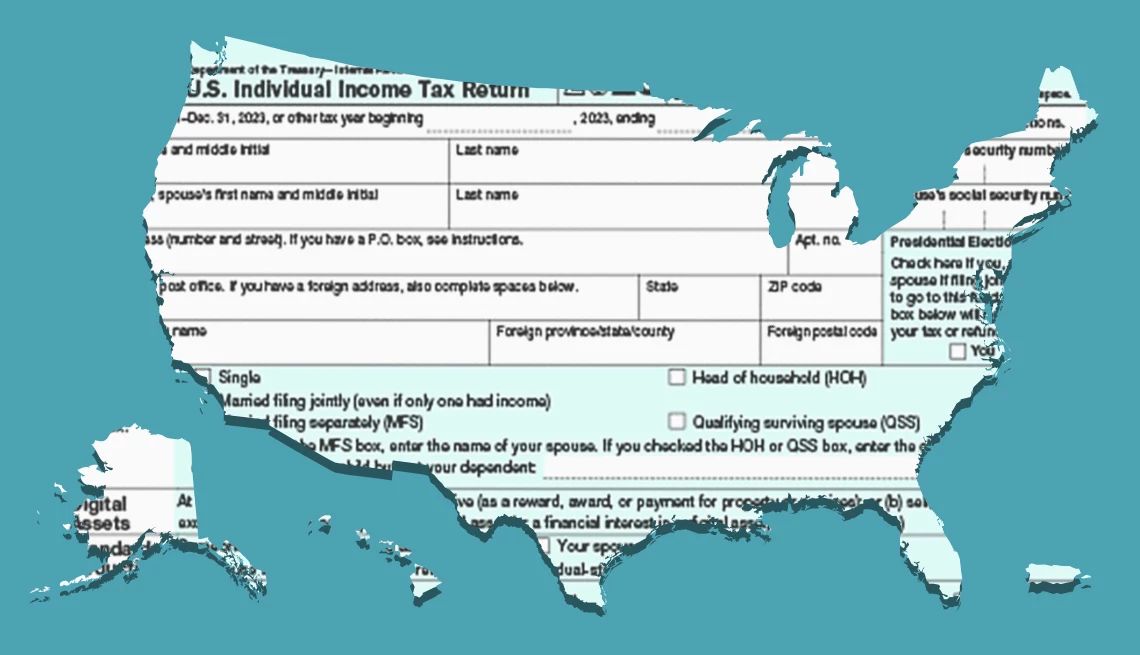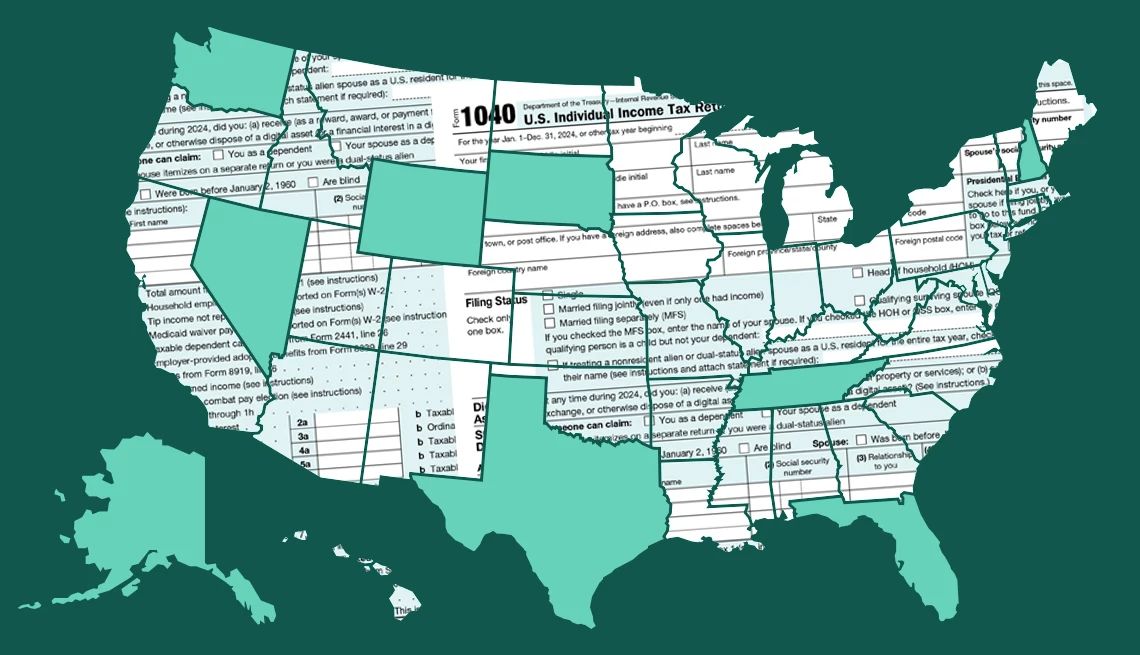AARP Hearing Center
For millions of taxpayers, this could be the last year you itemize deductions to reduce your federal income tax bill.
About 30 percent of tax filers now itemize, according to the Internal Revenue Service. But that number could plummet to about 10 percent next year because of the new tax law, according to the nonpartisan Tax Policy Center.
Fewer people are likely to itemize next year because the standard deduction — what you can subtract from your income before figuring out how much taxes you owe — is nearly doubling to $12,000 for single filers, $18,000 for heads of households and $24,000 for married couples that file jointly. And taxpayers 65 and older can claim an extra standard deduction of $1,600 for single filers and $2,600 for married couples who are both at least 65 and filing jointly.
For itemizing to make sense on the tax return you file in 2019, your total itemized deductions will have to be more than the new standard deduction.
The higher standard deductions are part of a tax law that reduces the corporate tax rate from 35 percent to 21 percent and also lowers tax rates for many individuals for at least the next decade.
“While the dramatic increase in the standard deduction will be valuable for many taxpayers, it will reduce the likelihood that their itemized deductions will be greater than their standard deduction,’’ says Eric Bronnenkant, head of tax at the online investment company Betterment.



































































